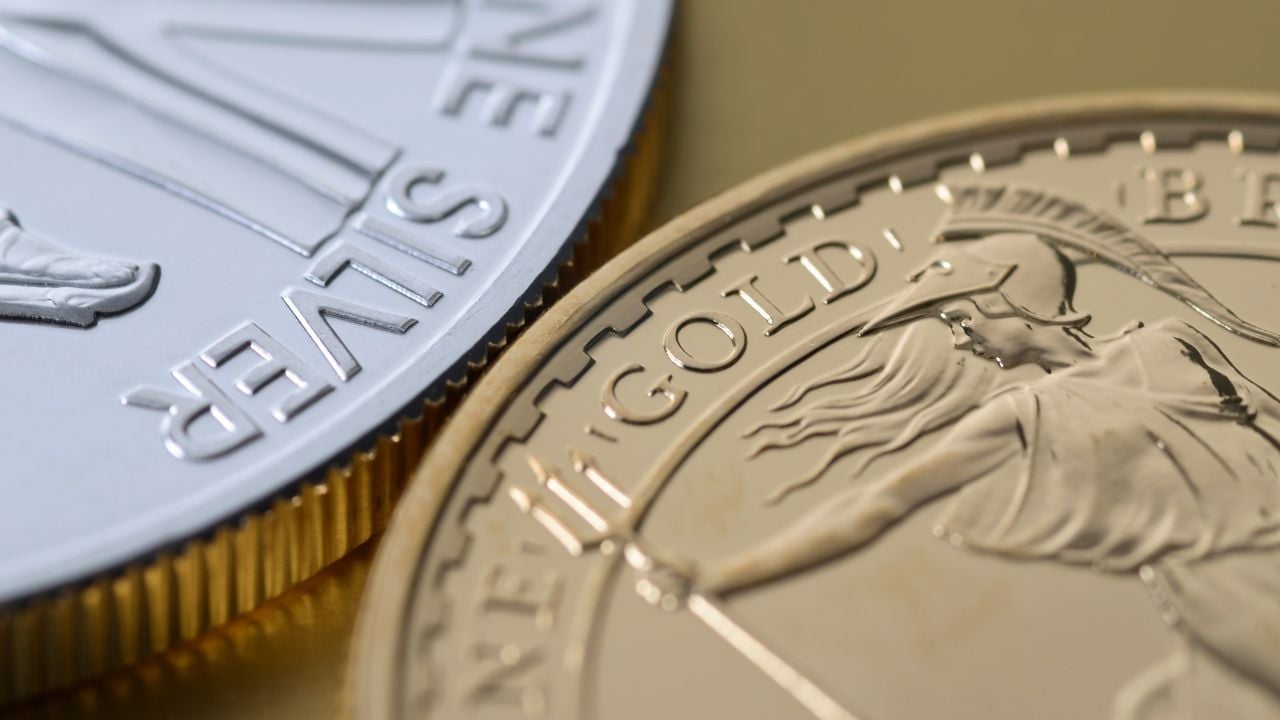We get lots of questions from the public about precious metals.
Some people are curious about the basics. Others are skeptical about the case for owning gold and silver. Still others are longtime customers who have highly specialized inquiries.
Here we will answer a few of the most common, most broadly relevant questions we get...
QUESTION: What Are the Key Differences Between Coins and Rounds… Which is Better?
ANSWER: Coins are typically issued by government mints such as the United States Mint, the Royal Canadian Mint, and the Perth Mint (Australia). Coins typically carry an official face value and are considered legal tender in the countries that issue them.
In the first 80 years of our nation’s history, private mints produced various dollar denominations of gold and silver coins -- until the federal government seized a monopoly on minting of coinage.
A round is the term for standardized bullion items that are minted (or “coined”) by private mints and come in a variety of designs that may or may not emulate the appearance of traditional coins.
Unlike coins, rounds are not typically recognized as legal tender (though they can legally be used in barter transactions based on their metal content).
Most silver rounds are made of .999 pure silver -- the exact same weight and purity as U.S. Silver Eagle coins.
However, rounds sell at a large discount to Eagles and at a modest discount to most silver coins issued by foreign governments.
For investors looking to acquire the most metal for their dollar, rounds are the better buy.
QUESTION: What Is the Gold:Silver Ratio and Why Is It Important?
ANSWER: The gold:silver ratio measures how expensive the spot price of gold is versus the spot price of silver. Investors who are considering how to allocate their wealth between the two metals may want to favor gold when the ratio is low and favor silver when it is high.
The ratio ranged from 77:1 to 87:1 during this summer's trading. It got as high as 130:1 during the height of the pandemic panic of 2020.
Although the gold:silver ratio is well below its all-time high, it remains elevated on a historical basis.
In 2011, gold sold for as low as 32 times the price of silver. Going back many decades, a ratio of 16:1 has often been observed.
If the gold:silver ratio narrows and moves toward historical benchmarks, the silver market would dramatically outperform gold.
Since silver tends to be the more volatile of the two metals, amplifying gold's gains on the upside as well as gold's declines on the downside, relative strength in silver tends to be a bullish indicator for the entire precious metals complex.
QUESTION: Which Metals Currently Face Supply Deficits?
ANSWER: Nearly all metals -- from gold, to silver, to copper, to rare earths -- face deficits as mining supply fails to keep pace with growing demand. Supply shortfalls are projected to hit the platinum and silver markets especially hard.
According to the Silver Institute, the silver market entered into a deficit of 237.7 million ounces in 2022.
In order for depleting above-ground silver inventories to be replenished, the market would need to enter a period of production that outpaces demand. Instead, the deficit is forecast to be 142.1 million ounces in 2023. And no surplus expected for 2024.
The mining industry is unable to get ahead of chronic supply deficits due to soaring all-in sustaining costs of production and metals spot prices too low to incentivize investment in new mines.
Putting aside the increased investment demand for gold and silver in recent years, industrial demand for silver and other strategic metals is poised to continue growing amid the push for electric vehicles, solar energy, and other technology applications.
Something will eventually have to give way -- and that “something” is likely the current ceiling above spot prices.





